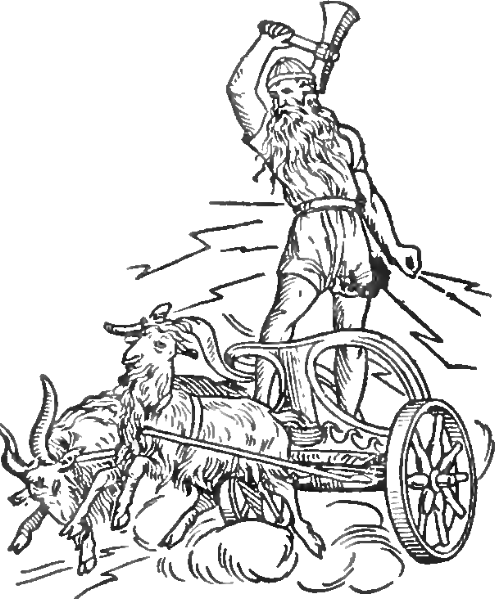<![CDATA[Thor's hammer has been the stuff of legend and of mythology, until now. Archaeologists have discovered a Viking amulet, or torshammere, which they believe could be depicting Thor's hammer. More than 1000 of these of these amulets have been found across Europe throughout the years, and recent findings helped Danish researchers discover the significance over these Mjolnir amulets. In Norse mythology, Mjolnir is the name of Thor's hammer. Thor is the god of thunder in Norse mythology. He is also associated with storms, strength, the protection of humanity and also healing and fertility. He is the son of the greater god Odin, and has numerous brothers. His hammer is extremely powerful, capable of causing earthquakes or breaking down mountains, and only he can control it. His weapon was not used only for destruction, however, as it was a symbol of cleansing. Thor's hammer was used to bless many different ceremonies such as weddings, births and funerals. Thor lives in Asguard, and Thor used his hammer to guard the territory from giants and other celestial threats. These amulets have been found in many places around Europe, and the people that found them were fascinated about the shape and size of them. Wide debates have sprung up about why they were shaped the way they were - short handle, and a symmetrical head. However, archaeologists recently unearthed a 10th century amulet in Kobolev on the Danish island of Lolland, with an inscription that reads "Hmar x is", which means "This is a hammer". According to the researchers that found the artifact, this find puts to bed once and for all the argument that the hammer means something else other than depicting Thor's hammer. Spokesman from the National Museum of Denmark, Henrik Schilling, stated that the Kobolev amulet was the only one of its kind, since it is the only one with a runic inscription that states that it is depicting a hammer. The torshammere is made up of bronze with traces of silver or tin and gold plating. It was widely thought that the Viking people who worked in trade jobs were illiterate, but the runes were inscribed by a craftsman, throwing that assumption out the window. The runes were 3 to 7 mm in height, which required precision in order to inscribe them. It has an interlacing ornament on one side of the hammer head as well. There were also fragments of silver needles and a mould found nearby, indicating that the creator of the torshammere might have been a skilled silversmith. Viking men and women wore these amulets depicting Mjolnir because they believed it had protective power. Mjolnir amulets would often be worn along with Christian crosses for double the protection. The researchers said they have no further plans for excavation at the Viking site at Kobolev, but they will use metal detectors to survey the land.]]>
Hammer of Thor Found
